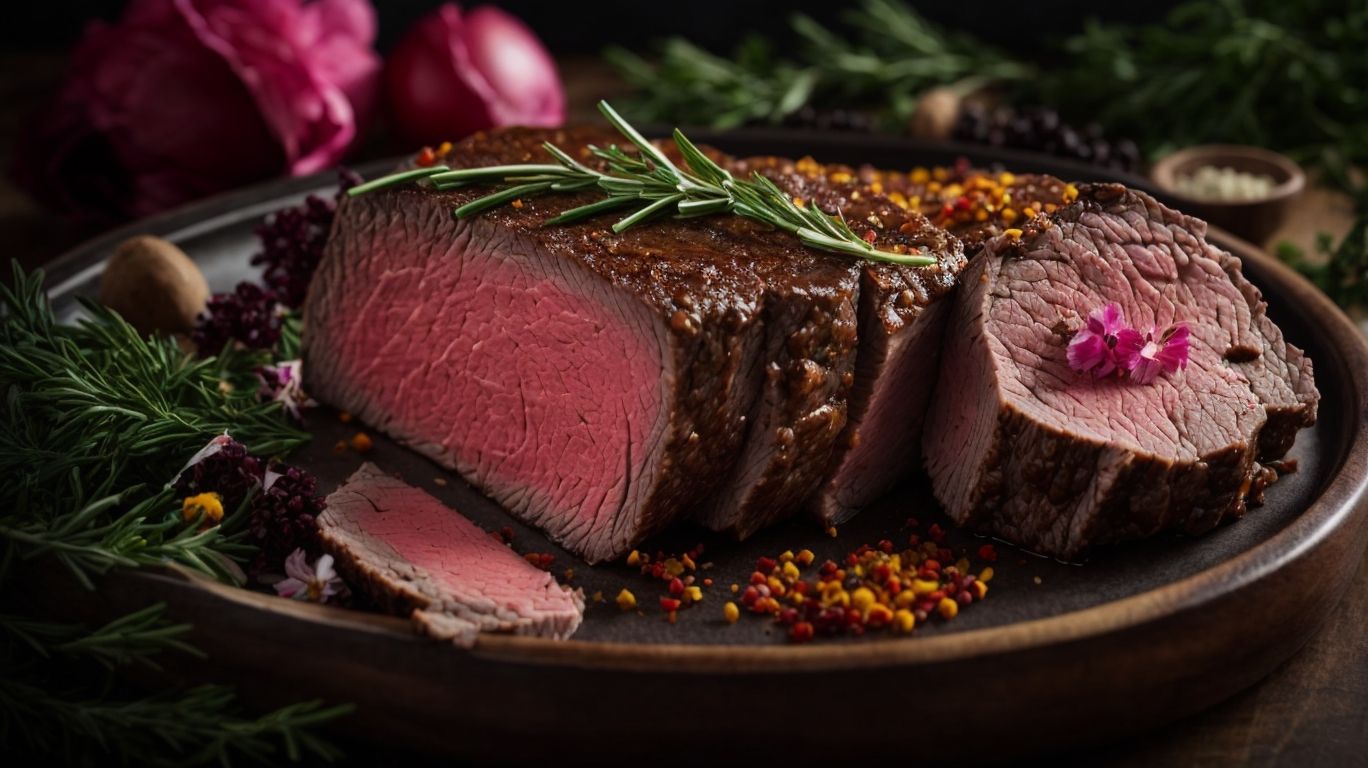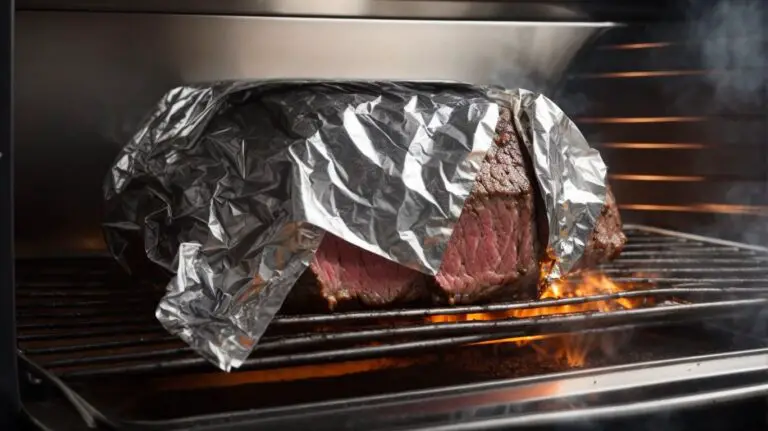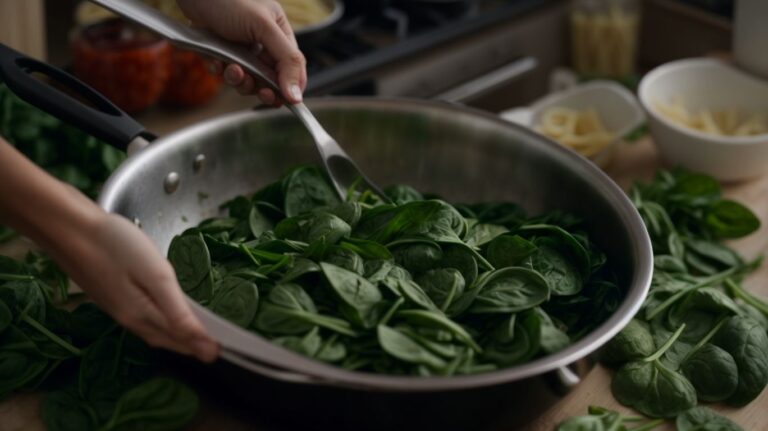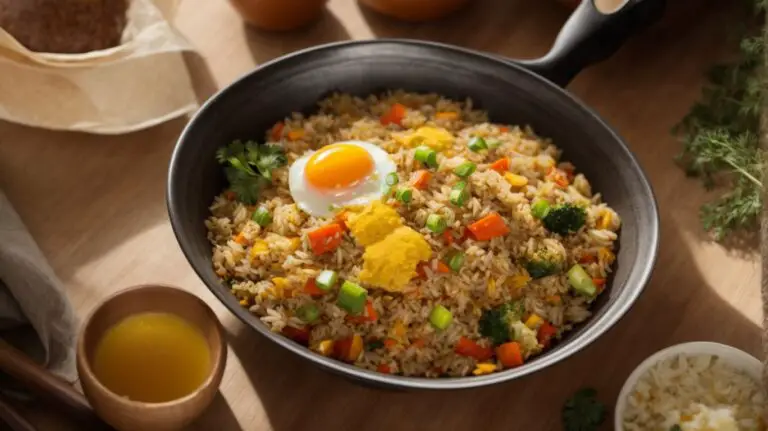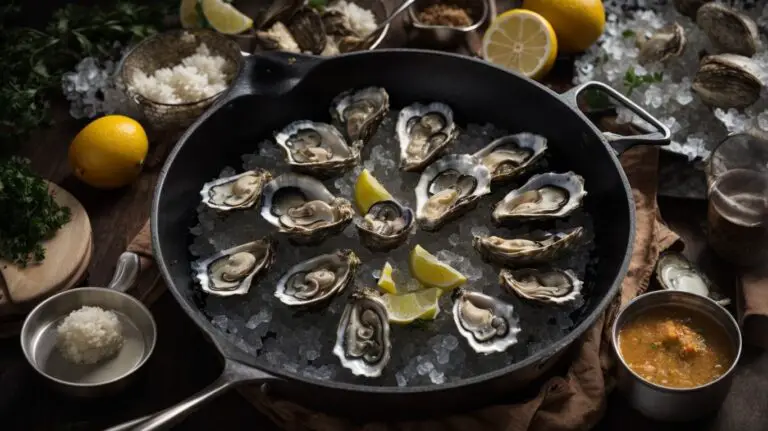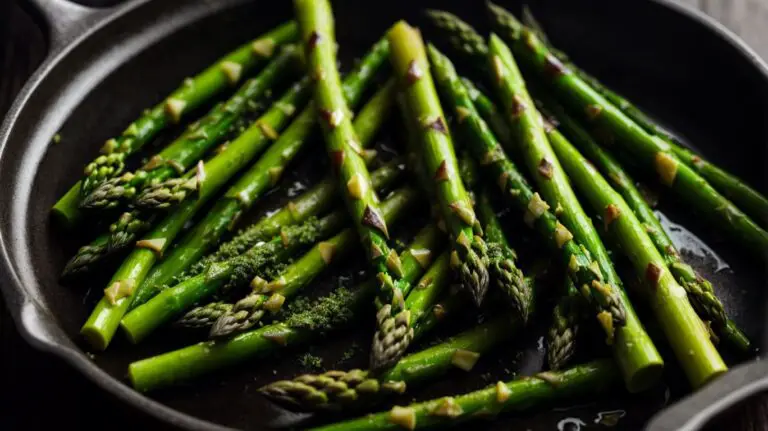How to Cook a Beef Joint to Medium Rare?
Are you looking to elevate your cooking skills and impress your dinner guests?
In this article, we will delve into the world of beef joints and explore the art of cooking them to a perfect medium rare.
From the different types of beef joints to the essential tools needed for the job, we will cover it all.
Learn about the best cooking methods, recommended temperatures, and how to tell when your beef joint is cooked to perfection.
So, grab your apron and let’s get cooking!
Key Takeaways:
What is a Beef Joint?
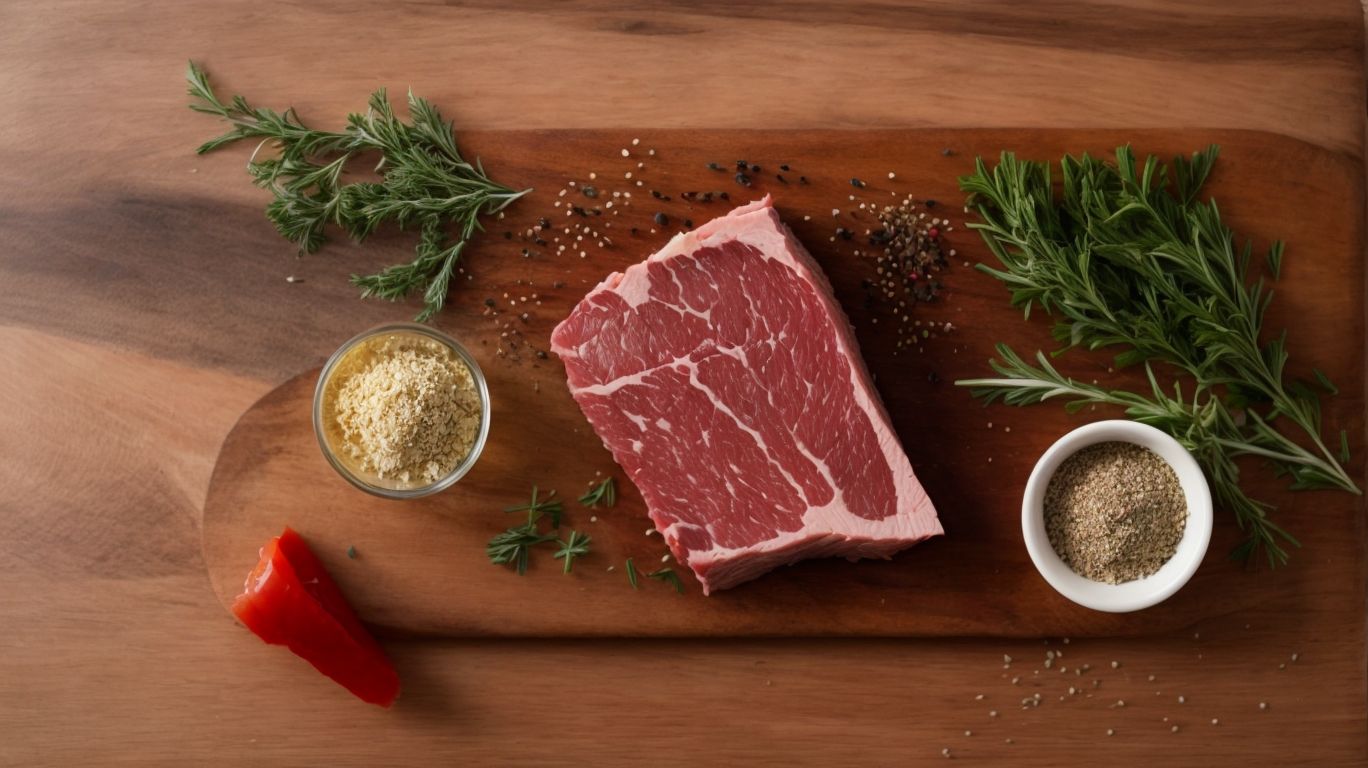
Credits: Poormet.Com – Jack Miller
A beef joint refers to a cut of beef that is cooked as a single piece, often roasted to perfection for a delightful meal.
Roast beef, one of the most popular ways to prepare a beef joint, involves slow-cooking the meat at a moderate temperature, resulting in juicy and tender slices that are perfect for any occasion. The art of cooking a beef joint lies in selecting the right cut, such as sirloin, brisket, or rib roast, depending on personal preference and the desired flavor profile. Some chefs like to marinate the beef joint before cooking, enhancing its natural flavors and adding a depth of taste to the final dish.
What are the Different Types of Beef Joints?
Beef joints come in various types, including rib, sirloin, fillet, and cuts like top round and eye round, each offering distinct flavors and textures.
Rib joints, known for their rich marbling and tenderness, are perfect for slow roasting or braising to enhance their flavors. Sirloin joints, on the other hand, are leaner cuts that are great for grilling or broiling to maintain their natural juices. Fillet joints, prized for their buttery texture, are often cooked quickly over high heat to preserve their delicate taste.
In terms of cuts like top round and eye round, they are popular choices for lean, budget-friendly meals. Top round, ideal for roasts, benefits from long, slow cooking to break down its tougher fibers and develop a tender texture, while eye round, a versatile cut, can be used for stir-fries, stews, and braises due to its relatively low fat content.
Why Cook a Beef Joint to Medium Rare?
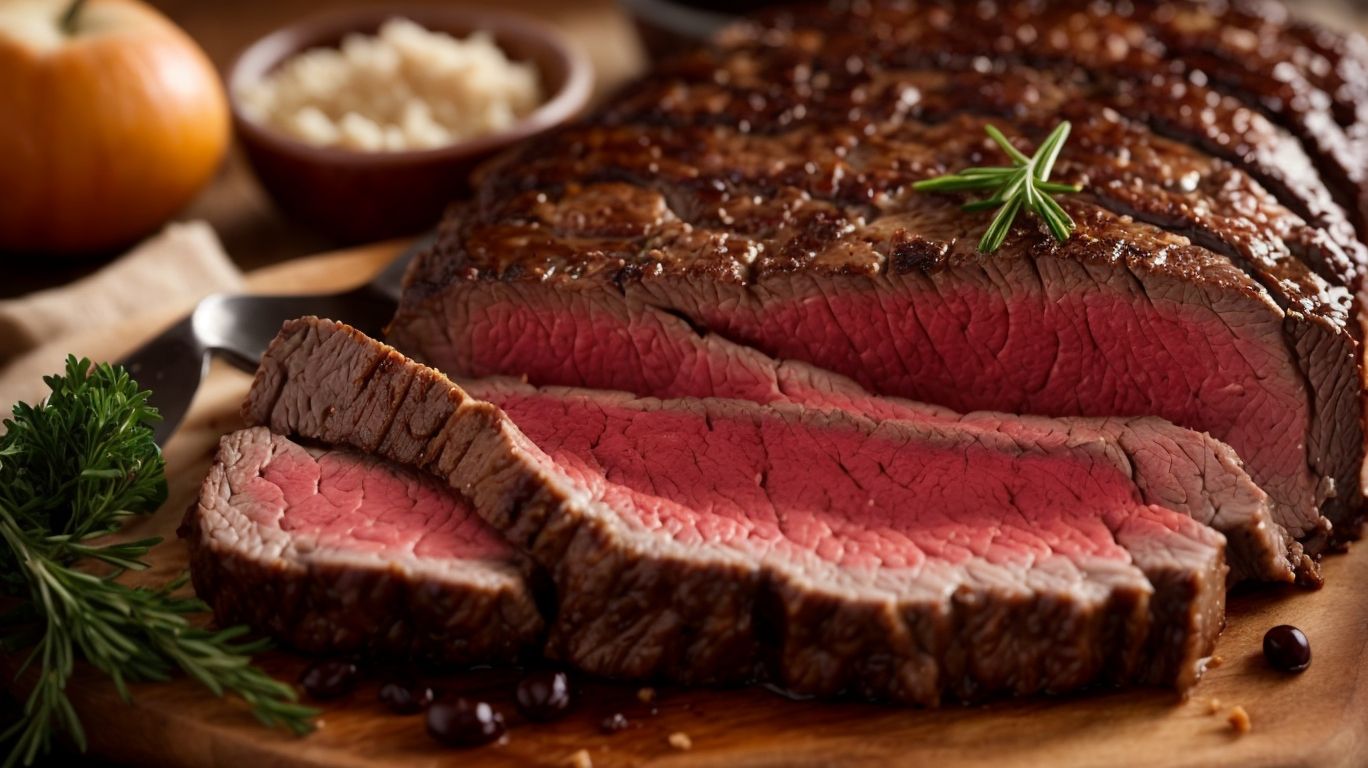
Credits: Poormet.Com – David Torres
Cooking a beef joint to medium rare ensures the perfect balance of tenderness, juiciness, and flavor, making it a preferred choice for many meat enthusiasts.
One of the main reasons behind the popularity of medium-rare beef is that this cooking method allows the meat to retain its natural juices, resulting in a succulent and moist texture that is highly appealing to the palate. The pinkish-red center of a medium-rare beef joint signifies that it has been cooked to just the right temperature, ensuring that the meat remains tender and flavorful. By not overcooking the beef, the meat’s natural flavors are preserved, offering a more intense and satisfying eating experience.
What are the Tools Needed for Cooking a Beef Joint to Medium Rare?
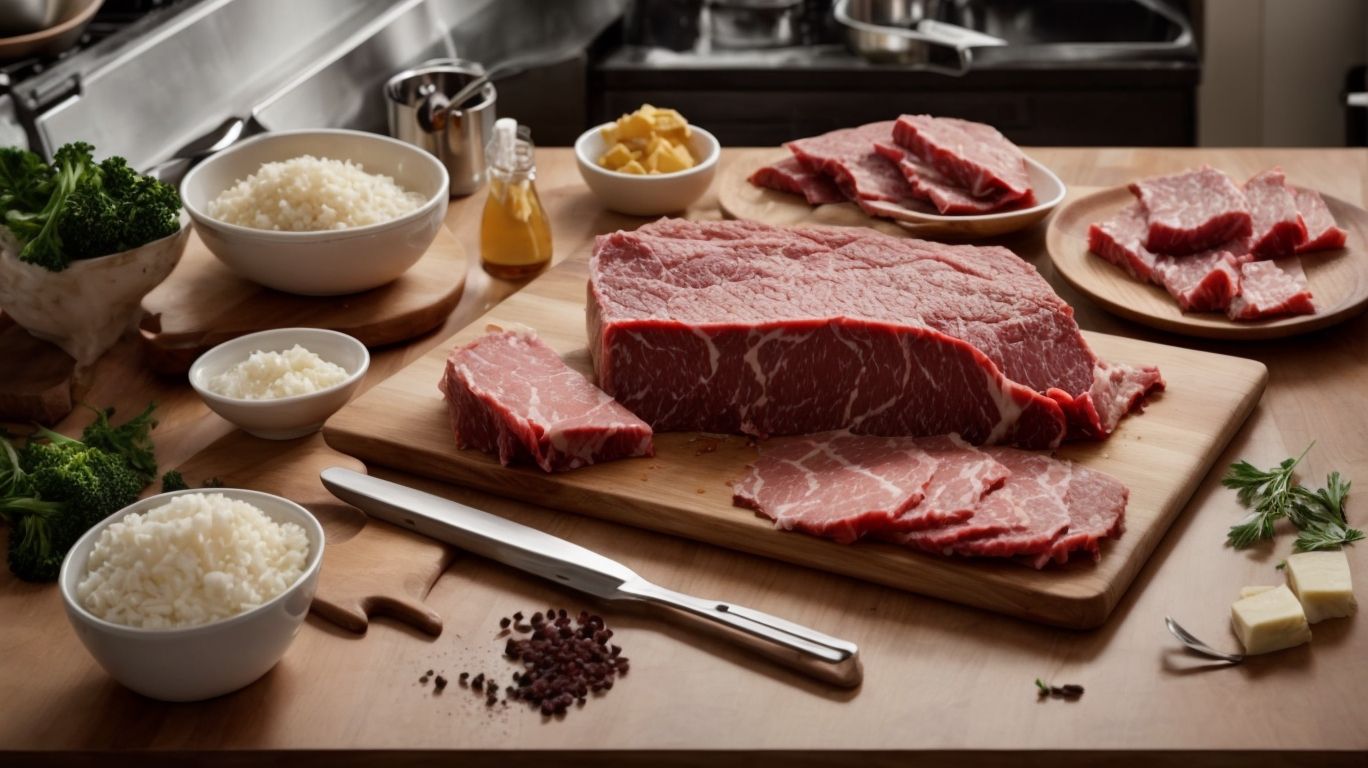
Credits: Poormet.Com – Tyler Carter
To achieve the perfect medium rare beef joint, essential tools like a roast timer tool, meat thermometer, and precise oven temperature control are critical.
When cooking a beef joint to medium rare, having a roast timer tool is crucial to keep track of the cooking time accurately. A meat thermometer is equally essential to ensure the internal temperature reaches the desired 135°F (57°C) for that juicy, tender result.
Another key factor is maintaining the correct oven temperature; preheat the oven to 425°F (220°C) for a good sear, then reduce it to 325°F (160°C) for gradual cooking, allowing the meat to retain its juices and flavors.
What are the Essential Tools?
Essential tools for cooking a beef joint to medium rare include a reliable roast timer tool for accurate timing and a meat thermometer to ensure precise doneness.
When using a roast timer tool, it is crucial to set it according to the weight of the beef joint and desired level of doneness. This handy device will alert you when the meat has reached the perfect medium rare stage, avoiding overcooking. A meat thermometer is critical for checking the internal temperature of the joint. Insert the thermometer into the thickest part of the meat, away from any bones or fat, to get an accurate reading. This ensures that your beef joint is cooked to a safe internal temperature while preserving its succulence and flavor.
What are the Optional Tools?
Optional tools that can enhance the cooking process of a beef joint to medium rare include devices for monitoring and adjusting oven temperature for optimal results.
Another useful tool to achieve that perfect medium-rare beef joint is a meat thermometer, which ensures precise internal temperatures for ideal juiciness and tenderness.
A digital timer can help keep track of the cooking duration, preventing overcooking and ensuring a consistent result every time.
Investing in an oven-safe wire rack can also elevate your cooking game by promoting even airflow around the joint, resulting in a well-browned exterior.
How to Prepare a Beef Joint for Cooking?
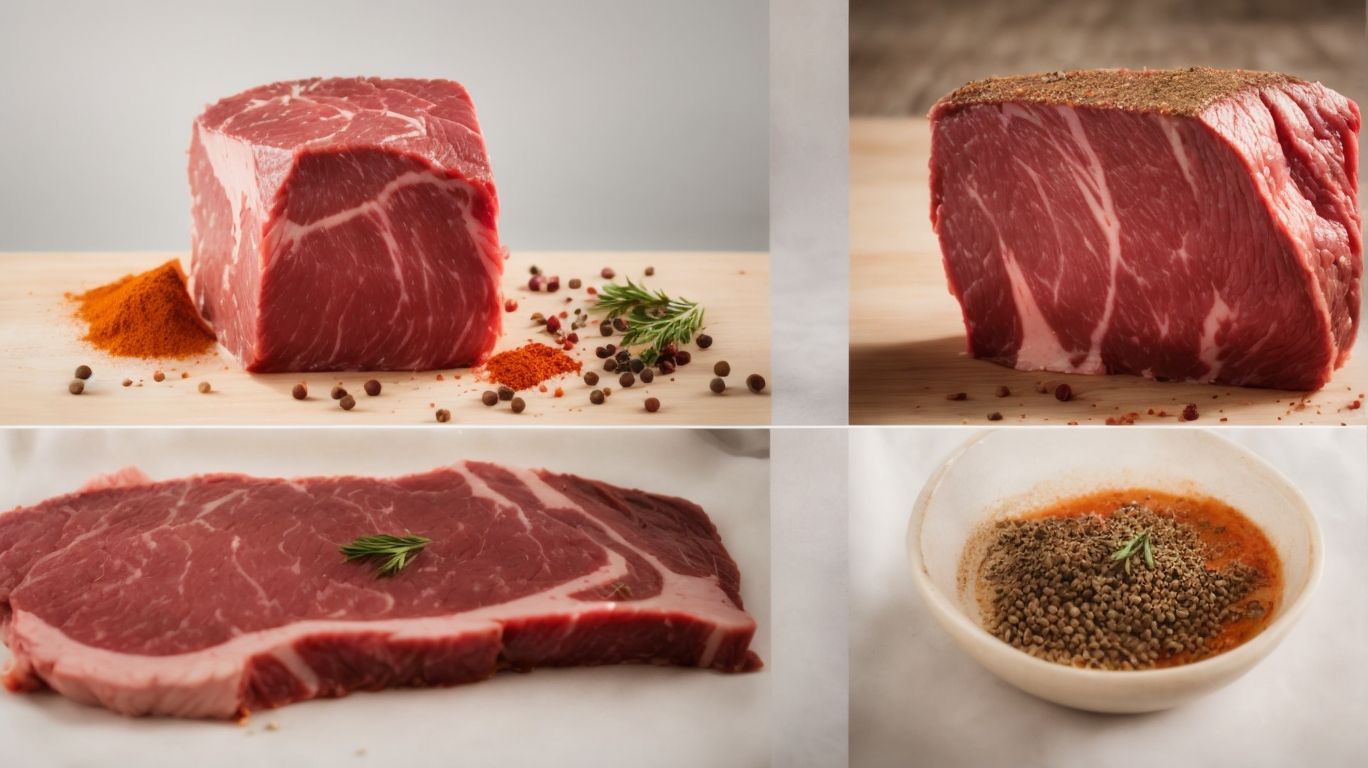
Credits: Poormet.Com – Daniel Torres
Preparing a beef joint for cooking involves selecting the right seasonings, marinades, and quality ingredients to enhance its flavor profile and overall taste.
When choosing seasonings, opt for a blend of herbs and spices that complement the rich flavor of the beef without overpowering it. Common choices include a mix of salt, pepper, garlic powder, and thyme, but feel free to experiment with different combinations to suit your taste preferences.
Marinades play a crucial role in adding moisture and depth of flavor to the meat. Consider a mixture of olive oil, balsamic vinegar, soy sauce, and fresh herbs to tenderize and infuse the meat with delicious flavors. Quality ingredients, such as fresh vegetables, herbs, and homemade stocks, can further elevate the final dish.
What are the Different Seasonings and Marinades to Use?
For flavor-packed results, consider using seasonings like garlic, olive oil, pepper, and aromatic herbs like rosemary when marinating or seasoning your beef joint.
Garlic, known for its intense flavor, pairs exceptionally well with beef, infusing it with a delightful taste that permeates every bite. Combine crushed garlic cloves with olive oil to create a rich marinade that tenderizes the meat, enhancing its juiciness.
Rosemary, a fragrant herb with earthy undertones, adds a subtle pine-like aroma to the beef, complementing the other seasonings perfectly. Sprinkle chopped rosemary over the beef joint before roasting for a savory and aromatic infusion.
Experiment with different ratios of these ingredients to customize the flavor profile based on your preferences, creating a unique and mouthwatering dish every time.
What is the Best Cooking Method for a Beef Joint?
In terms of cooking a beef joint, utilizing hands-off methods like roasting is often considered the best approach to achieve tender and flavorful results.
Roasting roast cuts of beef involves cooking the joint uncovered in an oven, allowing the heat to circulate evenly around the meat. This method preserves the natural juices and enhances the beef’s rich flavor profile. Roasting requires minimal supervision, making it ideal for busy cooks who want to prepare a delicious meal without constant monitoring.
What is the Recommended Cooking Time and Temperature?
For a perfectly cooked beef joint, follow recommended roast timer instructions, adhere to precise oven temperature settings, and refer to reliable roast recipes for ideal cooking times.
In terms of determining the cooking time and temperature for a beef joint, it’s crucial to take into account the cut and weight of the meat. A general rule of thumb is to roast beef at 375°F for about 20 minutes per pound for medium-rare doneness.
Remember to allow the beef joint to come to room temperature before placing it in the oven to ensure even cooking. Use a reliable roast timer to keep track of the cooking progress and avoid overcooking or undercooking the meat.
How to Tell if a Beef Joint is Cooked to Medium Rare?
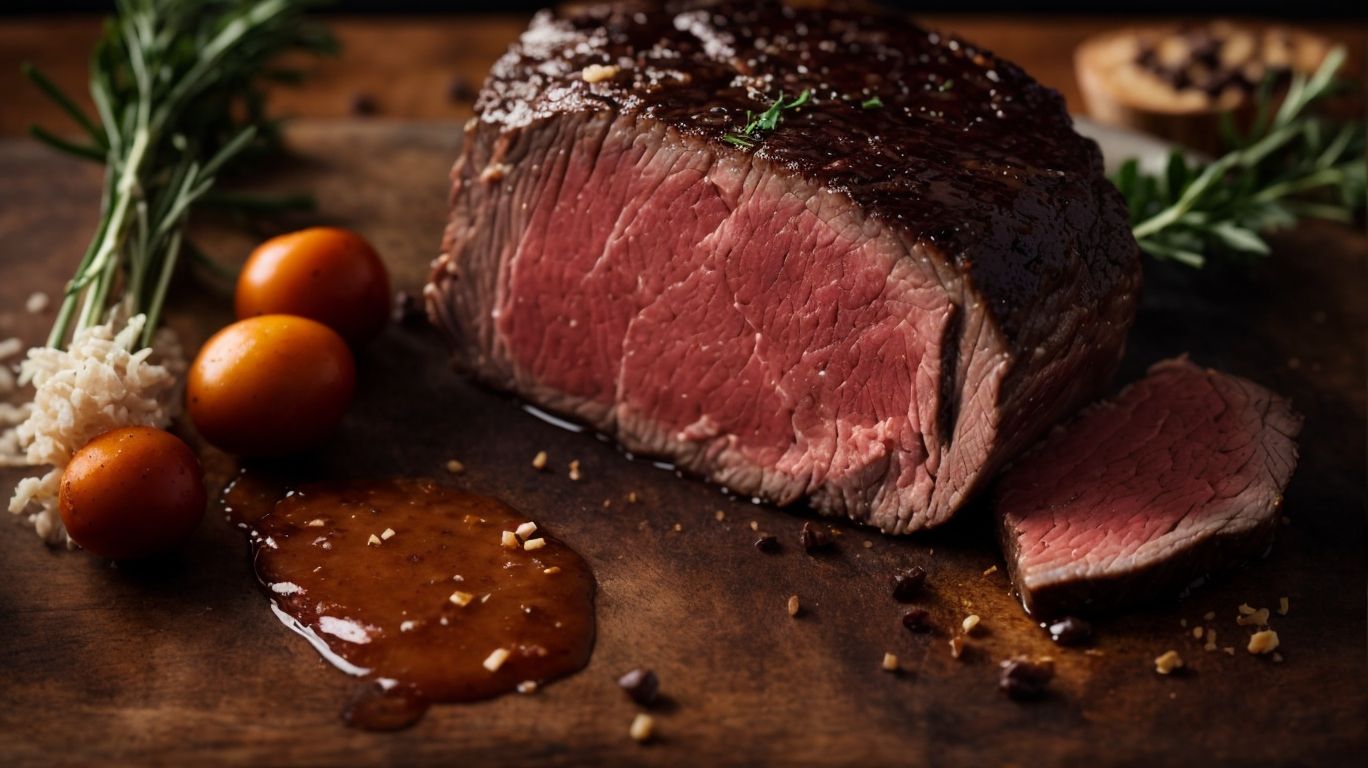
Credits: Poormet.Com – Randy Scott
To determine if a beef joint is cooked to medium rare, use a meat thermometer to check the internal temperature, allow the meat to rest before carving, and ensure the desired doneness for a perfect outcome.
When using a meat thermometer, insert it into the thickest part of the meat without touching any bones for an accurate reading. For medium-rare beef, aim for an internal temperature of around 130-135°F (54-57°C). Once the desired temperature is reached, remove the joint from the oven and let it rest for 10-15 minutes. This resting period allows the juices to redistribute, ensuring a moist and tender result.
When it’s time to carve the beef, be sure to slice against the grain to maximize tenderness. Cutting with the grain can result in tougher pieces. Use a sharp carving knife and slice thin, even pieces to showcase the succulent texture of the meat.
What is the Recommended Internal Temperature for Medium Rare Beef?
For medium rare beef, the recommended internal temperature typically ranges between X degrees Fahrenheit or Y degrees Celsius based on standard roast beef recipes.
It’s essential to note that the ideal internal temperature for medium rare beef is crucial for achieving that perfect balance of tenderness and juiciness. Many traditional roast beef recipes specify an internal temperature of around X degrees Fahrenheit, which translates to Y degrees Celsius. Maintaining this precise temperature ensures that the beef remains pink in the center while reaching the desired level of doneness. By using a reliable meat thermometer and monitoring the cooking process closely, you can achieve a succulent medium rare roast beef that will impress your guests with its melt-in-your-mouth texture.
What are the Tips for Cooking a Perfect Medium Rare Beef Joint?
To cook a perfect medium rare beef joint, focus on quality seasoning, using ingredients like garlic, olive oil, and implementing the appropriate cooking method to ensure a delectable outcome.
In terms of seasoning, it’s crucial to generously coat the beef joint with a blend of salt, pepper, and any preferred herbs or spices. This step is essential to enhance the natural flavors of the meat.
Plus garlic and olive oil, consider incorporating rosemary or thyme for added depth of flavor.
As for the cooking method, searing the beef joint on high heat before transferring it to the oven is a classic technique that locks in juices and creates a delicious crust. It’s important to monitor the internal temperature using a meat thermometer for precision in achieving that perfect medium rare doneness.
How to Serve and Enjoy a Medium Rare Beef Joint?
Serving and savoring a medium rare beef joint can be enhanced by pairing it with delicious gravy, complementing roast dishes, and enjoying the juicy slices for a delightful dining experience.
When serving a succulent medium rare beef joint, consider offering a rich gravy on the side to elevate the flavors to the next level. The gravy adds a luscious touch and helps to moisten each bite, making the beef even more tender and flavorful. Pairing the beef joint with classic roast dishes like garlic mashed potatoes, roasted vegetables, or crispy Yorkshire puddings can create a well-rounded meal. To fully relish the juicy slices, cutting the beef against the grain guarantees maximum tenderness and juiciness in every mouthful, ensuring a truly memorable dining experience.
Frequently Asked Questions
What is the best cut of beef to use for a medium rare joint?
The most ideal cut of beef for a medium rare joint is a ribeye or tenderloin. These cuts are known for their tenderness and rich flavor, making them perfect for cooking to medium rare.
What is the recommended cooking temperature for a medium rare beef joint?
The recommended cooking temperature for a medium rare beef joint is 135°F (57°C). This allows for a nice pink center while still ensuring the meat is cooked through.
How long should I cook a beef joint to achieve medium rare?
The general rule for cooking a beef joint to medium rare is 15 minutes per pound at 325°F (163°C). However, it is always best to use a meat thermometer to ensure the internal temperature reaches 135°F (57°C).
What is the best way to season a beef joint for medium rare?
A simple yet flavorful seasoning for a medium rare beef joint is a combination of salt, pepper, and garlic powder. Rub this mixture over the meat before cooking for a delicious flavor profile.
Do I need to rest the beef joint after cooking it to medium rare?
Yes, it is important to let the beef joint rest for 10-15 minutes after cooking. This allows the juices to redistribute, resulting in a more tender and juicy meat.
Can I use a slow cooker to cook a beef joint to medium rare?
While a slow cooker is great for preparing many dishes, it is not recommended for cooking a beef joint to medium rare. Slow cooking can result in overcooking the meat, making it tough and dry. Stick to using an oven or grill for the best results.

